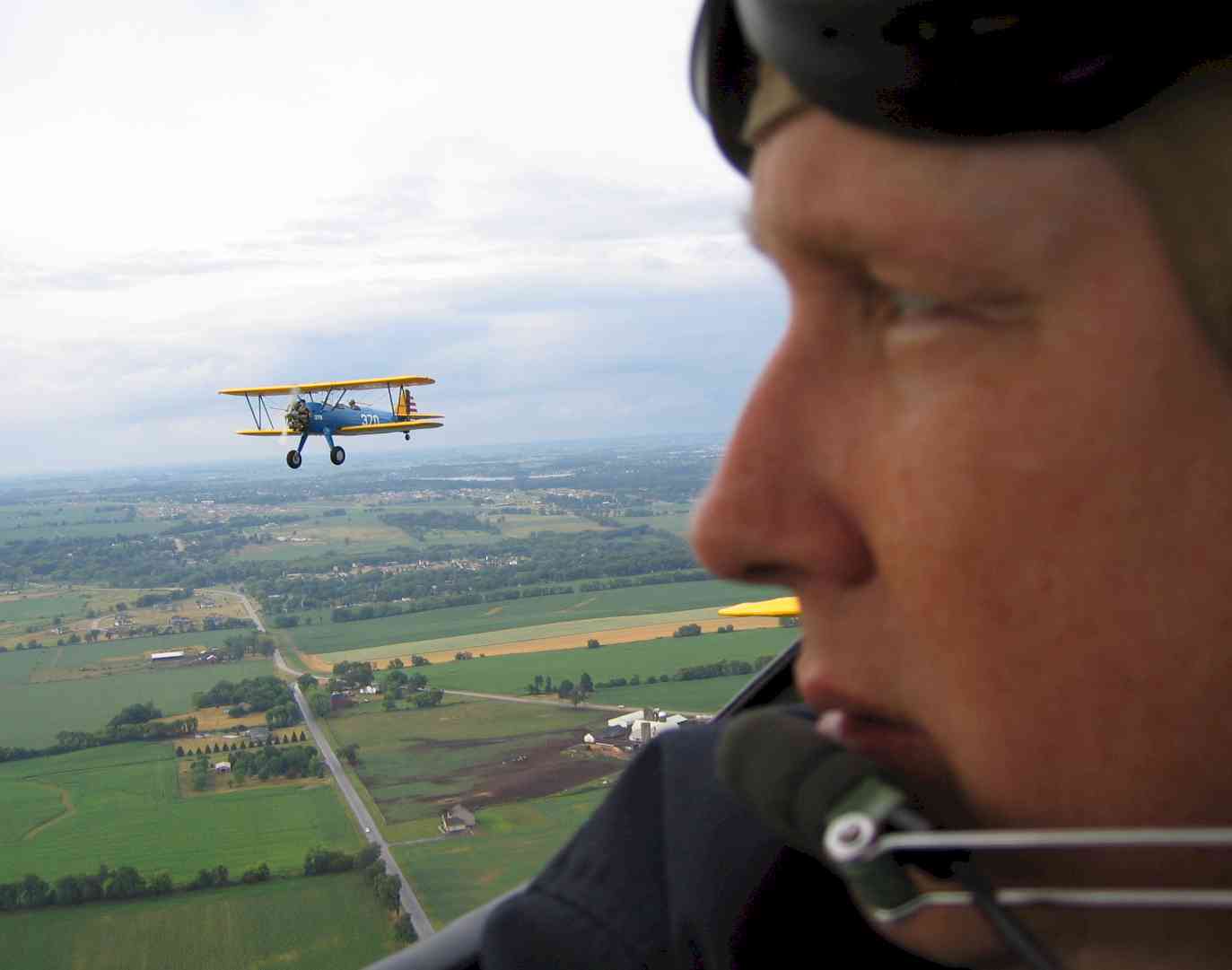It was a beautiful day in the Phoenix, Arizona area today as I flew past at 37,000 feet. As I scanned the ground southwest of Gila Bend, a flood of memories washed over me. I remembered dozens of Air Force training missions to the bombing ranges there, and through my binoculars I could see much of the landscape I once spent so much time memorizing and studying. I could even see many of the individual targets that I used to shoot at. Trains, mock airfields, vehicle convoys and good old fashioned target circles -- all of them were clearly visible in the clean morning air.
One particular memory dominated.
My instructor and I were leaving the range one afternoon at low altitude, when blazing 220-degree air began blowing into my cockpit. The bleed air valve had failed. My Nomex flight suit, though resistant to fire, did little to block the heat on my legs and midsection. I briefly considered ejecting, then decided to head for the Gila Bend Auxiliary Base, just a few miles away. After a brief consultation with my instructor, he radioed the tower that I'd be landing there in a minute or two. The pattern was rushed and painful, and my landing sucked, but nothing ever felt as good as opening the canopy at 60 knots on the rollout and feeling the rush of "cool," 100-degree Arizona air.
A post-flight look at the cockpit revealed some interesting details. The paint on the left and right cockpit subpanels had begun to bubble. The left leg of my flight suit was scorched and slightly brown. The metal seat belt clasp was hot to the touch 15 minutes later.
My Nomex flight suit saved my skin -- literally -- and I now insist that my warbird students wear them. It's cheap insurance. When I see people climb into their jet warbirds wearing jeans (or even shorts!), no gloves, and a David Clark microphone instead of a helmet, I have to wonder about their sanity.
About Me

- Buck Wyndham
- I'm a professional pilot, videographer, writer and entrepreneur. I'm also a fan of technology used for good, not evil. I think uplifting music, photography, and video just might be able to save the world.
